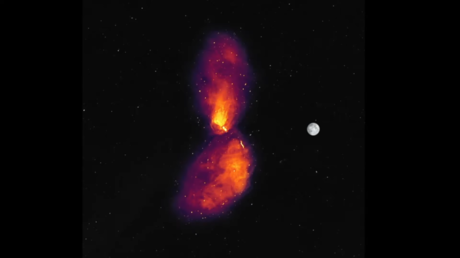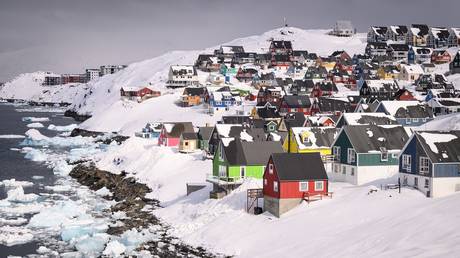
Scientists have captured images of a supermassive black hole some 12 million light years from Earth
A new study of the nearest actively feeding supermassive black hole has revealed that the space phenomenon emits radio bubbles which extend over vast tracts of space when it feeds on infalling gas.
In a piece published in Nature Astronomy on December 22, Dr. Benjamin McKinley from the Curtin University node of the International Centre for Radio Astronomy Research (ICRAR), who led the study, said that this “most comprehensive” image to date shows the true extent of the disturbance to space caused as supermassive black holes feed.
McKinley’s research provides the best images to date of Earth’s nearest neighboring radio galaxy, Centaurus A, a star system located 12 million light years away with a black hole at its center.
The images captured by the Murchison Widefield Array (MWA) telescope in the Australian outback show radio bubbles which are created when black holes feed on infalling gas and eject material at near-light speed.
These radio bubbles – or ‘lobes’, as they are known to radio astronomers – appear to be 48 times the size of the host galaxy itself and currently extend eight degrees across the sky, approximately the length of 16 of Earth’s moons laid side by side.
The lobes form “a disc around the black hole, and as the matter gets ripped apart going close to the black hole, powerful jets form on either side of the disc, ejecting most of the material back out into space, to distances of probably more than a million light years,” McKinley stated.
He contended that this research overcomes the limitations of existing studies. “Previous radio observations could not handle the extreme brightness of the jets, and details of the larger area surrounding the galaxy were distorted, but our new image overcomes these limitations,” the scientist noted.
The astronomer said that the study is just the start, with fellow scientists looking to develop a more complete understanding of how black holes feed and their impact on the surrounding environment.




